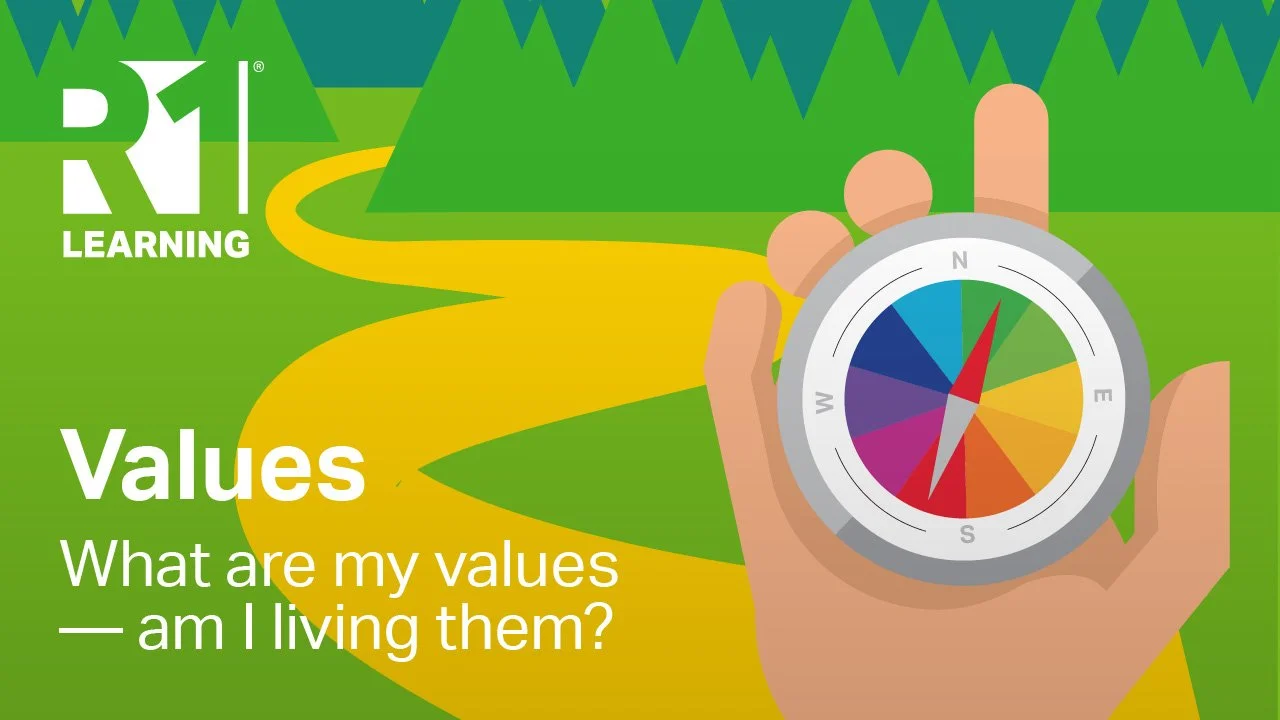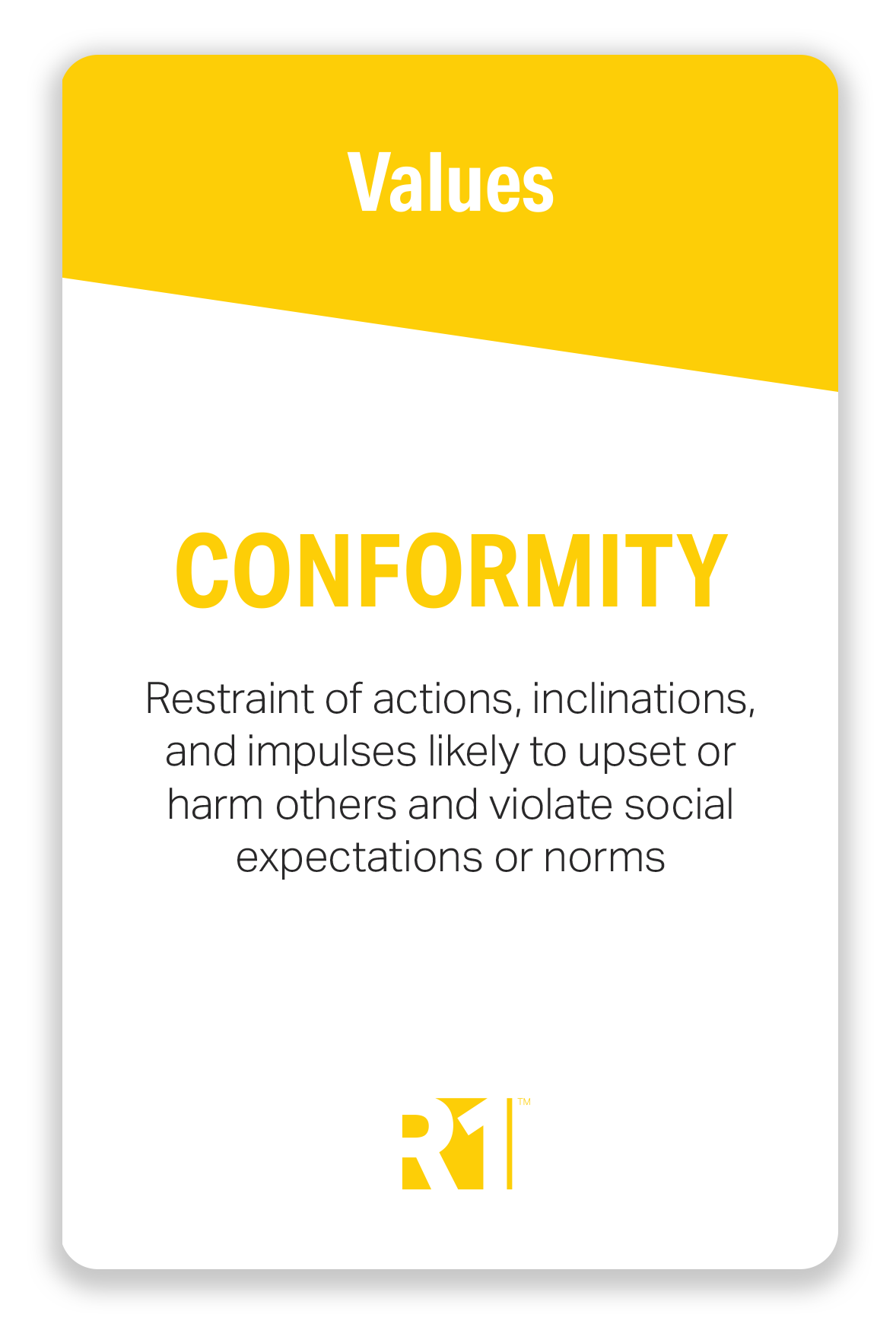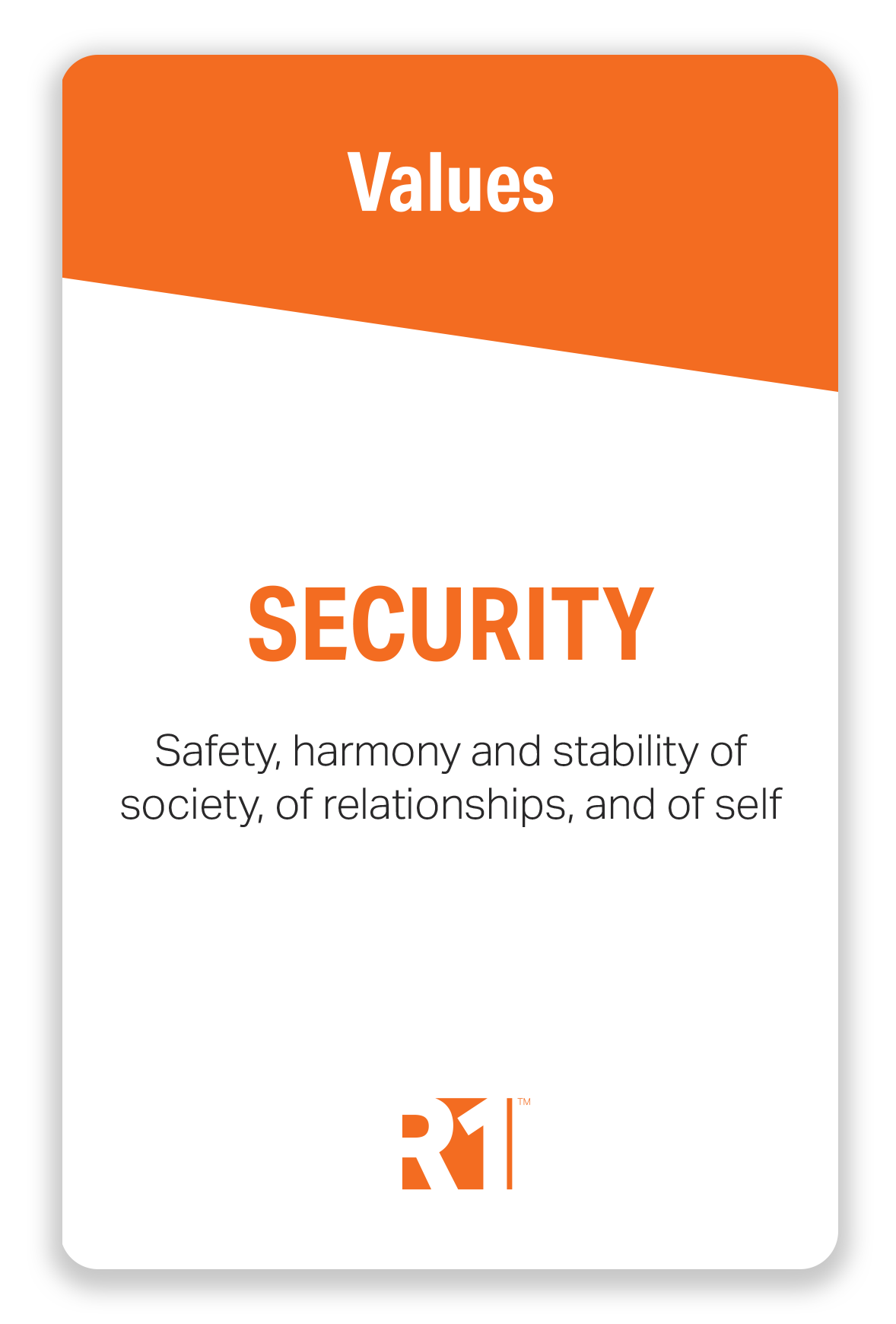8 Dimensions of the Schwartz Values Wheel
Values Defined: Values are beliefs about what is and isn’t important in life. They underlie attitudes and appraisals of people and serve as standards to motivate behavior.
Values are the fundamental beliefs that guide and motivate our behavior and our choices of what is important in life. They are standards we use to observe, evaluate, and respond to our environment at every level – the world as a whole, our country, city, town, community, workplace, school, family, or other social groups. Values are also the standards that provide us with a guidance system when we are moving through change.
Why read this post: First, there is not much to read. You’ll find it short and more of an activity than an article. You may want to refresh yourself on the basics of values from my earlier post, 10 Values Types and How They Motivate Behavioral Change. Our goal for today is to have you review, and keep reviewing, the Schwartz Values Wheel while you think about yourself and where you are in your life today. I hope you’ll think about yourself first before thinking about how to apply these ideas into your work with others. That definitely is one of our goals, but let’s first start with you. This activity can be as short as ten minutes or you may spend the rest of the day on it. I love Dr. Shalom Schwartz’s model and learn something new about myself every time I look at it. Every time I look at the wheel and read a definition, reflect on and evaluate what I observe about myself and the cultures and environments around me, I smile. I smile because it all makes complete sense to me. The more I observe myself, in the context of fundamental models and theories, the better I understand what’s important to me and what drives my behavior. Whether you are working in a behavioral health setting or supporting individuals in a workplace, community, faith-based, educational, or correctional setting, values is one of the top curriculum topics when working with individuals who are seeking purpose and meaning, addressing life challenges, or moving through change.
Activity Instructions: Let’s get started. Take a few moments to read and review the Schwartz Values Wheel below and the definitions for each dimension. You may have to do this several times. There is a lot here to think about as you process the relationships of the dimensions within the model. Do try to internalize these concepts by thinking about yourself and the cultures and social settings you are part of. Take your time in your review of the model and then answer the Questions To Explore. You may want to do this with another person and see what stands out for them as you both share your insights. This is also an excellent group activity for those of you who work with groups.
Explore R1 Discover — Interactive Engagement Tools
The Schwartz Values Wheel
The Schwartz Values Theory defines ten broad Value Types according to the kind of goal or motivation that each expresses. These Value Types have been researched and applied in studies of over seventy cultures across the world. Each Value Type defines socially desirable standards used to represent the basic goals cognitively and the vocabulary to communicate with others about them.
In addition to identifying ten basic Values Types and defining fifty-seven (57) unique values, the theory highlights eight (8) dynamic dimensions explaining the relationships among them. One basis of the value structure is the fact that actions in the pursuit of any value have consequences that conflict with some values but are congruent with others.
The 8 Dimensions of the Schwartz Values Wheel
Inner Ring:
Self-Transcendence: Values that emphasize concern for and devotion to the welfare and interests of others
Conservation: Values that emphasize order and safety, self-restriction, and preserving the past, and that express resistance to change
Self-Enhancement: Values that emphasize pursuit of one’s own interests and relative success and dominance over others
Openness to Change: Values that emphasize the importance of independence of thought, action, and feelings, and that express readiness to accept change
Outer Ring:
Growth: Values that motivate self-actualizing, free expression of one’s own ideas, abilities, and feelings and self-expansion that includes concern for the welfare of others
Self-Protection: Values that express the need to protect the self, motivating either self-restricting or dominating behavior that can avoid, minimize or control anxiety and threat
Middle Ring:
Social Focus: Values that primarily regulate how one relates socially to others and affects their interests
Personal Focus: Values that primarily regulate how one expresses personal interests and characteristics
INNER CIRCLE:
Values Types and Values — Defining What Motivates Us
The Schwartz Values Model highlights ten (10) Values Types and a list of fifty-seven (57) color-coded, concrete, and explicit values. All are written as motivational goals and listed in the Discovery Cards deck and Facilitator Guide. You can see more details for each Values Type in our earlier post on values.
These are the features of all values. What distinguishes one from another is the type of goal or motivation that it expresses.
Questions to Explore
Answer these questions for yourself and share with another person:
What do you find most helpful about the Schwartz Values Wheel when thinking about and identifying values?
Which of the 10 Values Types do you find most important for you at this point in your life? Explain.
As you looked at the 8 Dimensions in the outer, middle, and inner rings, what resonated with you?
How do these dimensions help you make sense of what your values are and what’s motivating you?
Which specific values do you think will be most important for you as you look toward the future?
What actions can you take to live each of these values more fully each day moving forward?
Who can you ask for help and support?
Thank you for reading this post and participating in this activity. Contact us if you would like to learn more about Values or the R1 Learning System. We look forward to hearing from you.
References
Schwartz, S. H. (1992). Universals in the content and structure of values: Theory and empirical tests in 20 countries. In M. Zanna (Ed.), Advances in experimental social psychology (Vol. 25) (pp. 1-65). New York: Academic Press. doi.org/10.1016/S0065-2601(08)60281-6
Schwartz, S. H. (2012). An overview of the Schwartz theory of basic values. Online Readings in Psychology and Culture, 2(1). doi.org/10.9707/2307-0919.1116
Schwartz, S. H. (2017). The refined theory of basic values. In S. Roccas & L. Sagiv (Eds.), Values and behavior: Taking a cross-cultural perspective (pp. 51-72). Cham, Switzerland: Springer International Publishing.
Evidence-Based Research
Universals in the Structure and Content of Values (Shalom H. Schwartz, 1992)
“This article discusses work that is part of a larger project intended to explore the importance of values in a wide variety of contexts. The project addresses three broad questions about values. First, how are the value priorities of individuals affected by their social experiences?… Second, how do the value priorities held by individuals affect their behavioral orientations and choices?… Third, the project addresses the question of cross-cultural or cross-national differences in value priorities and seeks to identify some of their causes and effects.”
An Overview of the Schwartz Theory of Basic Values (Shalom H. Schwartz, 2012)
“This article presents an overview of the Schwartz theory of basic human values. It discusses the nature of values and spells out the features that are common to all values and what distinguishes one value from another. The theory identifies ten basic personal values that are recognized across cultures and explains where they come from. At the heart of the theory is the idea that values form a circular structure that reflects the motivations each value expresses. This circular structure, that captures the conflicts and compatibility among the ten values is apparently culturally universal. The article elucidates the psychological principles that give rise to it.”
Copyright 2023 R1 Publishing LLC / All Rights Reserved. Use of this article for any purpose is prohibited without permission.
Engage and Retain Clients. Train and Retain Your Team.
Values Discovery Cards and Group Kits
Integrating these tools into your one-on-one and group settings will allow individuals to build their own vocabulary, think about these concepts concretely, and put their choices into action. Visit the R1 Store to learn more about a variety of topics. The Discovery Cards are an amazing tool for exploring these topics with individuals or groups.
Here are a few ideas to help you learn more about R1 and engage others on this topic:
Share this blog post with others. (Thank you!)
Start a conversation with your team. Bring this information to your next team meeting or share it with your supervisor. Change starts in conversations. Good luck! Let us know how it goes.
Visit www.R1LEARNING.com to learn more about R1, the Discovery Cards, and how we’re creating engaging learning experiences through self-discovery.



















